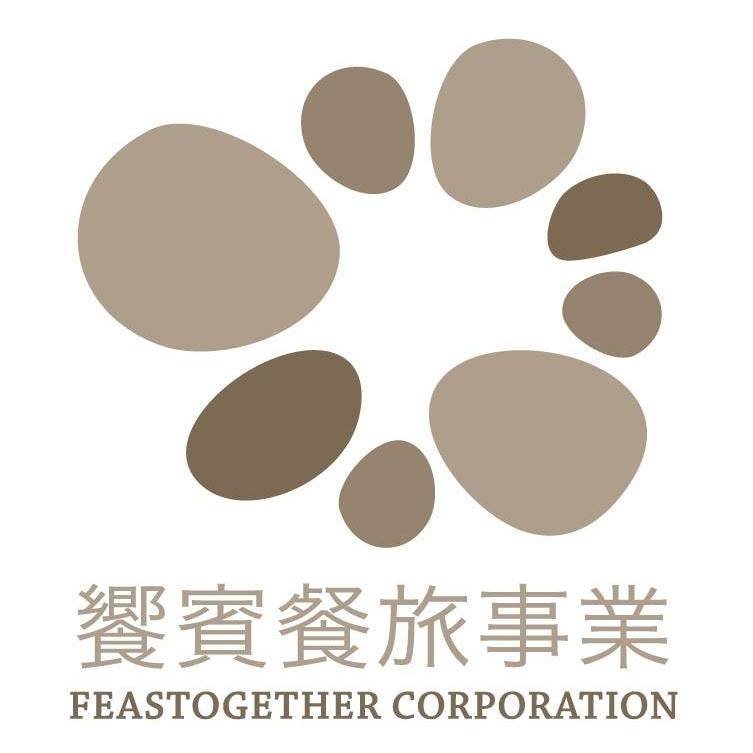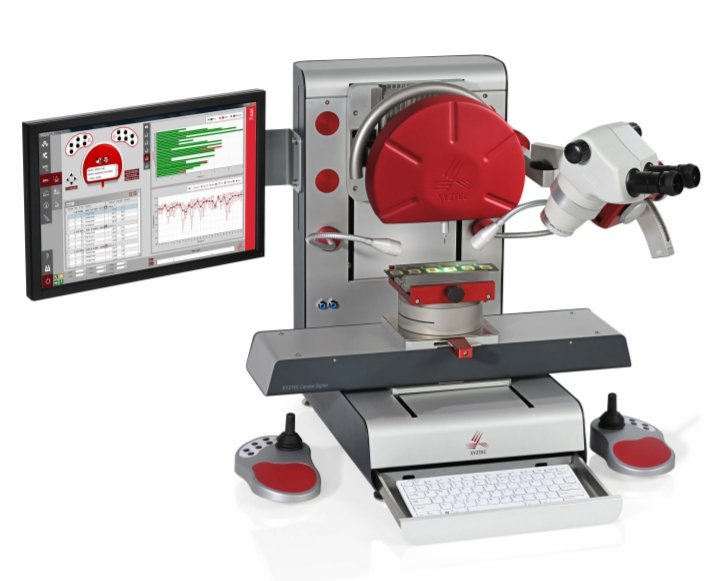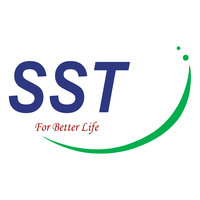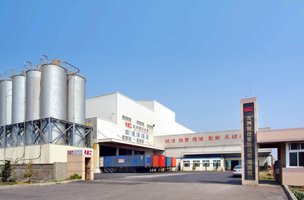IT CITY
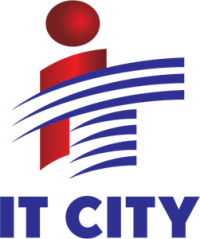
IT CITY
IT City Public Company Limited, commonly known as "IT CITY" offers a comprehensive range of IT products both through its physical retail outlets and online platforms. The company serves various customer segments, including individual consumers, corporate clients, government entities, and educational establishments. Additionally, IT CITY holds the distinction of being an authorized distributor for multiple partners across the nation.
Previously, IT CITY encountered challenges in its backend accounting processes, primarily stemming from the complexities associated with its diverse workforce and the numerous systems in operation. The company's extensive network of partners and distribution channels led to employees utilizing disparate systems that lacked integration. This disjointed approach resulted in duplicated efforts and significant discrepancies in inventory management.
In response to these challenges, IT CITY embarked on a search for a unified system capable of consolidating transactional data into a single cohesive platform, thereby streamlining its accounting procedures. The solution came in the form of partnering with ARES, a provider of advanced business solutions. ARES introduced ARGO system to address IT CITY's operational needs.
Central to the implementation was establishing a seamless data link between POS and ERP. This integration was achieved through an interface that facilitated the smooth flow of data. The interface supports both Realtime and Manual data transfer options, offering flexibility based on operational preferences. To ensure data accuracy, ARGO system also generates comprehensive reports that validate the integrity of the interface.
By embracing ARGO system and fostering a connected data environment, IT CITY successfully overcame its previous accounting hurdles. The integrated approach not only optimized efficiency but also ensured accurate and consistent transaction processing across the organization.
Implement Features
- Interface Options: ARGO system provides the flexibility both Realtime and Manual data transfer methods. It also generates reports for verifying the accuracy of the data interface.
- Accounting: Users can choose to record by single or batch purchase/sales transactions in the general ledger (GL) to accommodate high volumes of daily transactions.
- Expense Recording: Clear allocation of petty cash for each branch can be specified.
- Fixed Asset Management: Support automatic recording of asset depreciation and asset labels can be directly printed from the system for affixing to respective assets.
- Audit: ARGO system features specialized functions for pre- and post-closing of monthly accounts to ensure that the financial statements and various reports are truthfully correct.
Differences between before and after using ARGO
EXISTING WORK FLOW
1. Existing systems are not updated
ARGO
- New and modern system.
- Supports the document standards of the Revenue Department that may be further modified in the future.
- Customized according to the user workflow.
2. Interface data from the POS to ERP is incomplete, so the source and destination data must be checked daily. It wastes time doing reconciliation every day.
- Interface information from the POS into ERP every day automatically.
- Interface reports can be checked for accuracy quickly.
3. Does not support issuing Billing Note/Invoice
- Able to issuing Billing Note/Invoice directly from the system
4. Manually record expenses transaction into the system every day for 481 branches.
- There is a Deferred module helping staff calculate the expenses in advance and can automatically record the account as an expense each month.
- Able to print documents for prepaid expenses
5. Unable to create a textfile for withholding tax P.N.D. 3 and P.N.D.53 for importing into the Revenue Department's program.
- Withholding tax reports can be exported as a Textfile for import into the Revenue Department's programs.
6. There is no asset register module so each transaction must be managed manually via excel.
Asset registration Module
- Print Label Asset from the program.
- Partial Write off in the case of purchasing assets and there is debt reduction from the purchase of assets later.
- Asset Improvement in the case of increasing the value of assets and adding additional depreciation calculations.
- Transfer Fixed Asset between branches
- Calculate depreciation and record the account automatically at the end of each month.
7. Pre-Closing Audits: Employees must go through several windows and be aware of what they need to check in order to complete the accounting records.
- ARGO has a “pre-closing audit”as a function that advises what information needs to be checked to ensure its go to the correct account code and can be done in the same system.
8. Setting up advance payments and clearing. The head office is responsible for recording this document from every branch.
- Delegate the task of setting up advance payments and clearing to each branch's own recorder. Additionally, establish a real-time interface to extract data from the POS for the head office's inspection and direct import into ARGO. This shift reduces the workload of the head office, transitioning them from being responsible for manual data entry to acting as inspectors.
Learn more about ARGO: https://aresth.kos.co.th/en/products/argo


